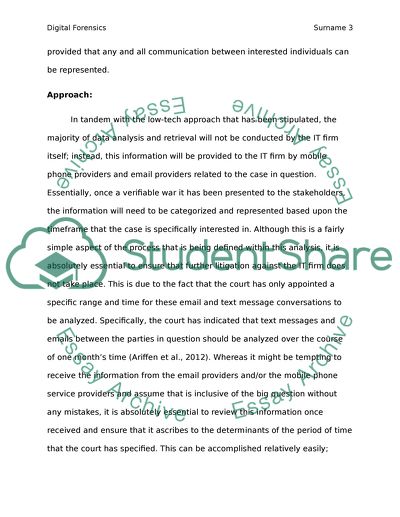Cite this document
(“Digital Forensic Incident Response Research Paper”, n.d.)
Digital Forensic Incident Response Research Paper. Retrieved from https://studentshare.org/information-technology/1657365-digital-forensic-incident-response
Digital Forensic Incident Response Research Paper. Retrieved from https://studentshare.org/information-technology/1657365-digital-forensic-incident-response
(Digital Forensic Incident Response Research Paper)
Digital Forensic Incident Response Research Paper. https://studentshare.org/information-technology/1657365-digital-forensic-incident-response.
Digital Forensic Incident Response Research Paper. https://studentshare.org/information-technology/1657365-digital-forensic-incident-response.
“Digital Forensic Incident Response Research Paper”, n.d. https://studentshare.org/information-technology/1657365-digital-forensic-incident-response.


